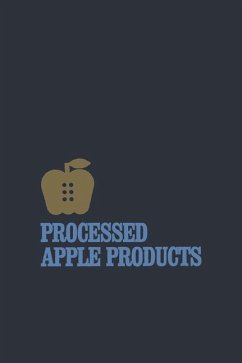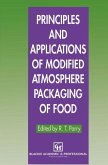This text is designed to acquaint the reader with the commonly used procedures of juice and wine analysis as they are generally practiced in the industry, and as they are taught in the Department of Enology at California State University, Fresno. It is assumed that the reader has a basic preparation in the fields of chemistry and microbiology. In developing material for this text, the authors have emphasized analyses as they would be carried out in a production laboratory. Realizing that different laboratories have different analytical capabilities, personnel as well as equip ment, we have in many instances provided several different approaches to the same analysis. Throughout this book we have attempted to give special attention to practical considerations and the importance of these analyses in the total spectrum of winery operations. We hope the book's format will satisfy the inter ests oflaboratory personnel as well as winemakers. The process of making wine involves a series of concerns for the winemaker and staff of a winery. The first concerns are viticultural. Upon arrival of the fruit, its quality is assessed, grapes are processed and fermentation is begun. Almost immediately, and in many instances simultaneously, chemical and microbiological stability of the young and/or aging wine become important. Finally, problems do occur on occasion, and a number of what may be consid ered remedial techniques can be employed to produce an acceptable product.








